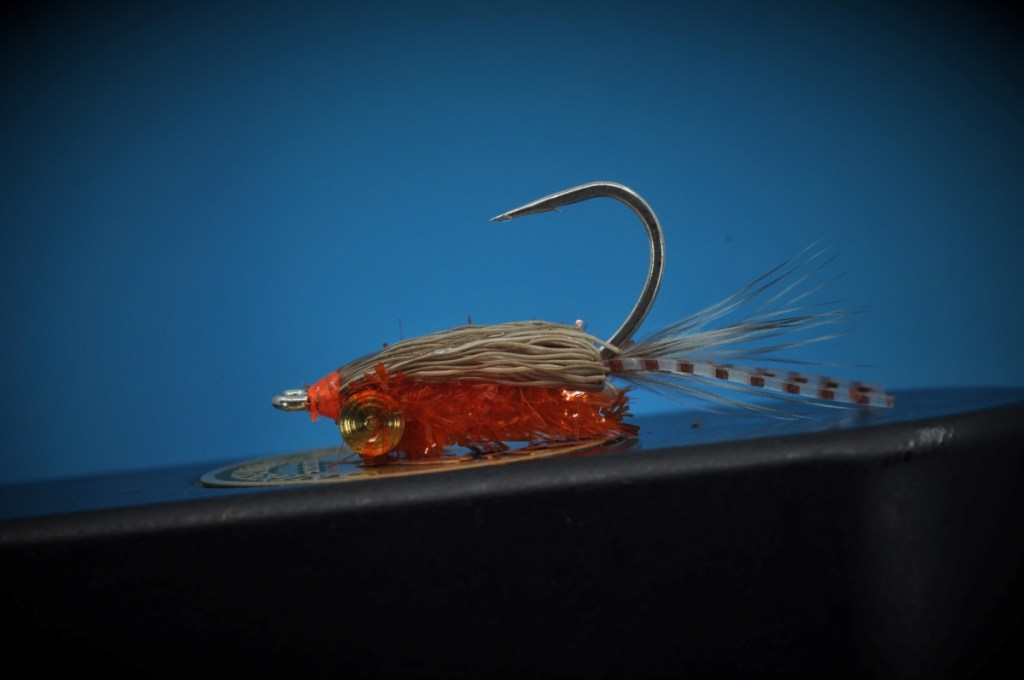
Looking for something else?
Try one of these!
Corbina Crack Fly Step-by-Step:
If you’ve ever visited the ocean as a young child, you’re no doubt familiar with sand fleas or mole crabs. Common denizens of the swash zone, these small decapod crustaceans not only provide endless entertainment to young beach goers, but are also a prized menu item for fish. Pulled from the swash zone by retreating waves, sand fleas provide an easy meal for fish cruising the surf. Long prized by bait fishing surf fishermen, fly fishermen have developed a number of fish-worthy imitations as well.
Today’s pattern, the Corbina Crack fly, is just such a pattern, lauded by west coast anglers. And, while I stand little chance of landing the namesake Corbina any time soon, three species of Whiting (members of the same Genus; Menticirrhus) do call the gulf coast home. With any luck, they’ll be as enticed by this pattern as their Pacific cousins.
| Materials: | ||
|---|---|---|
 Gamakatsu SC15 (#1-6) Gamakatsu SC15 (#1-6) |  140 Denier (Orange) 140 Denier (Orange) |  Dumbbell Eyes or Bead Chain Dumbbell Eyes or Bead Chain |
 Grizzly Hackle fibers Grizzly Hackle fibers |  Rubber Legs (Barred) Rubber Legs (Barred) |  Ice Chenille (Orange, Pink, Tan) Ice Chenille (Orange, Pink, Tan) |
 Deer Body Hair (Natural) Deer Body Hair (Natural) |  UV Resin (Thin) UV Resin (Thin) |
Disclosure: This post contains affiliate links. A small commission may be paid for purchases made through these links.
Corbina Crack Fly Step-by-Step Tying Instructions:
(Mobile Viewers: Click images to enlarge or rotate phone to landscape)
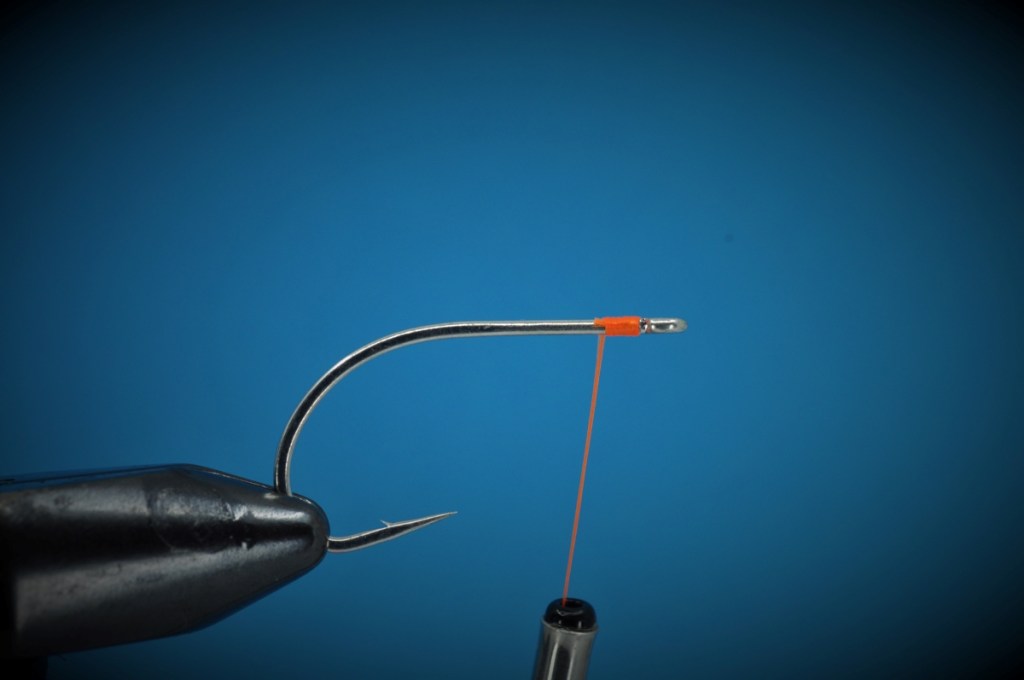
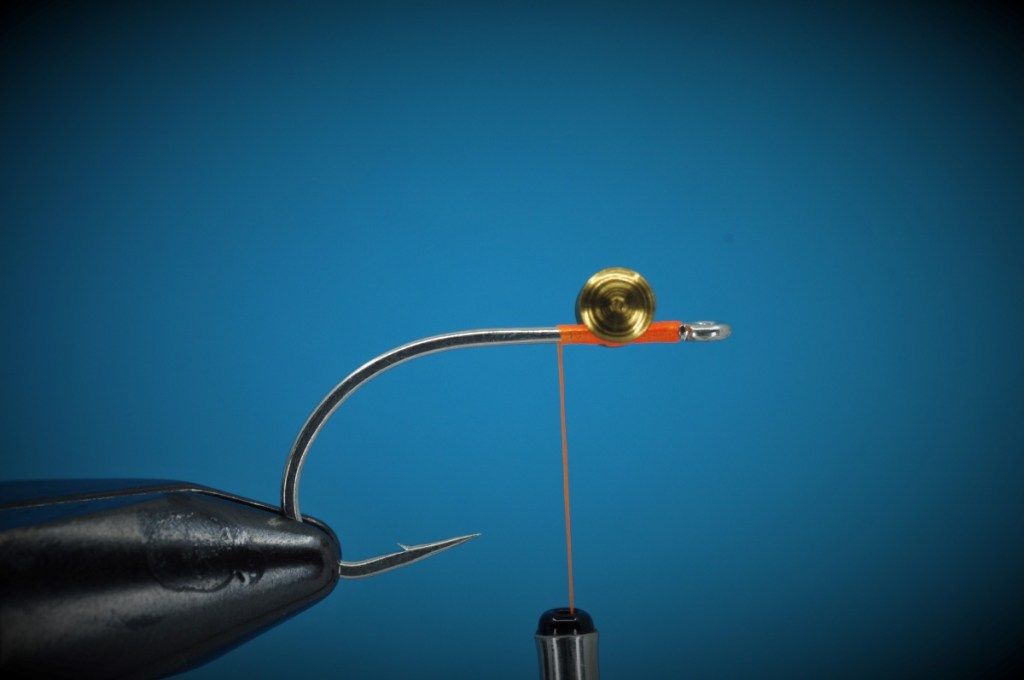


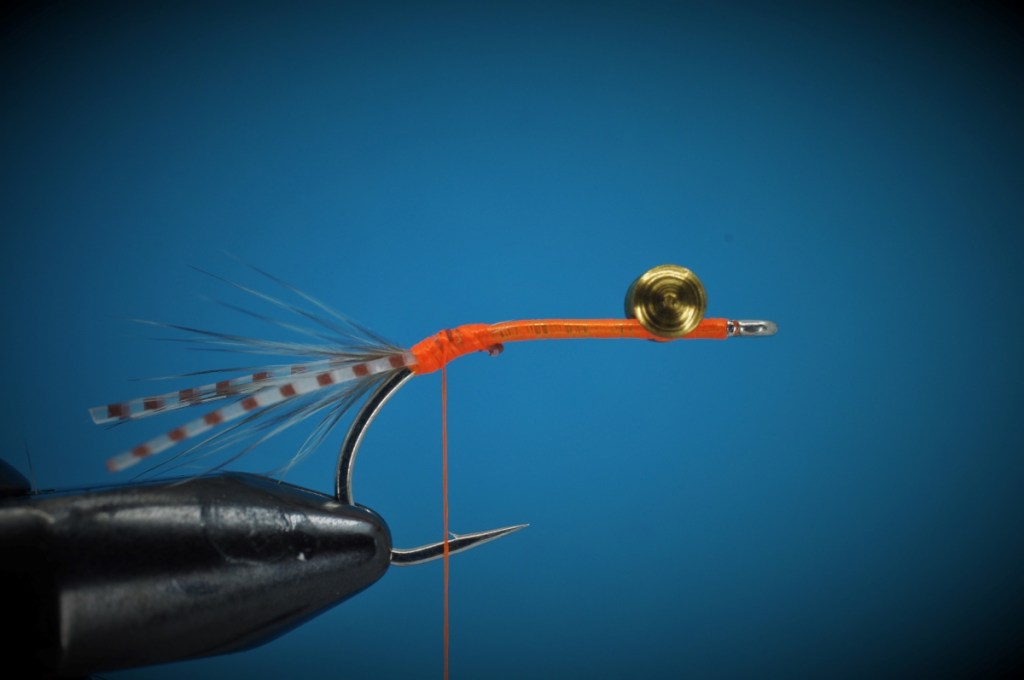
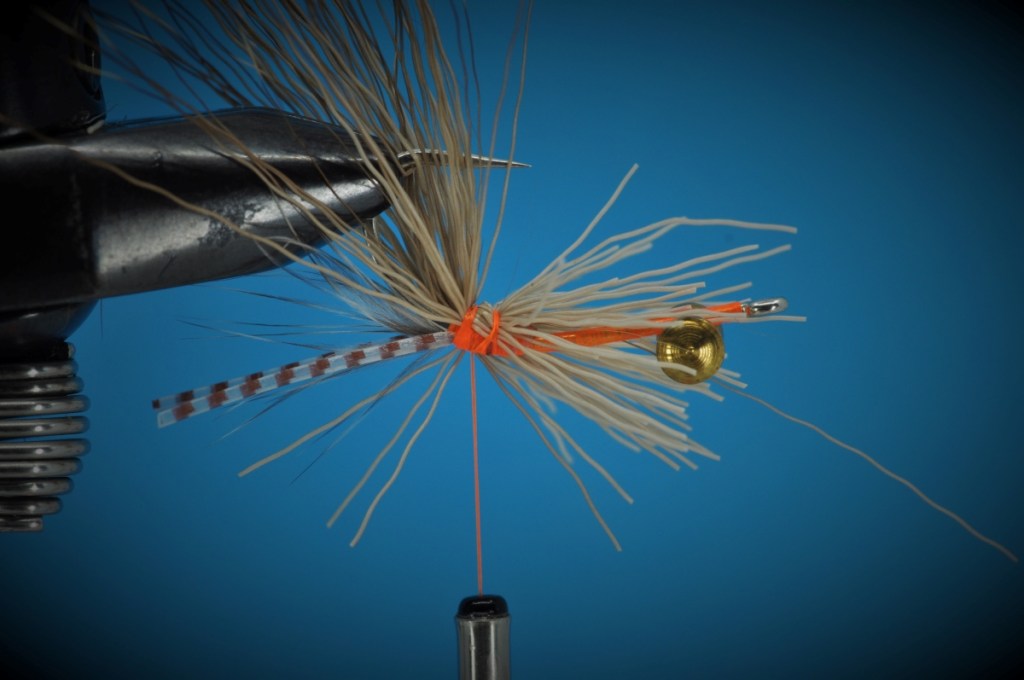
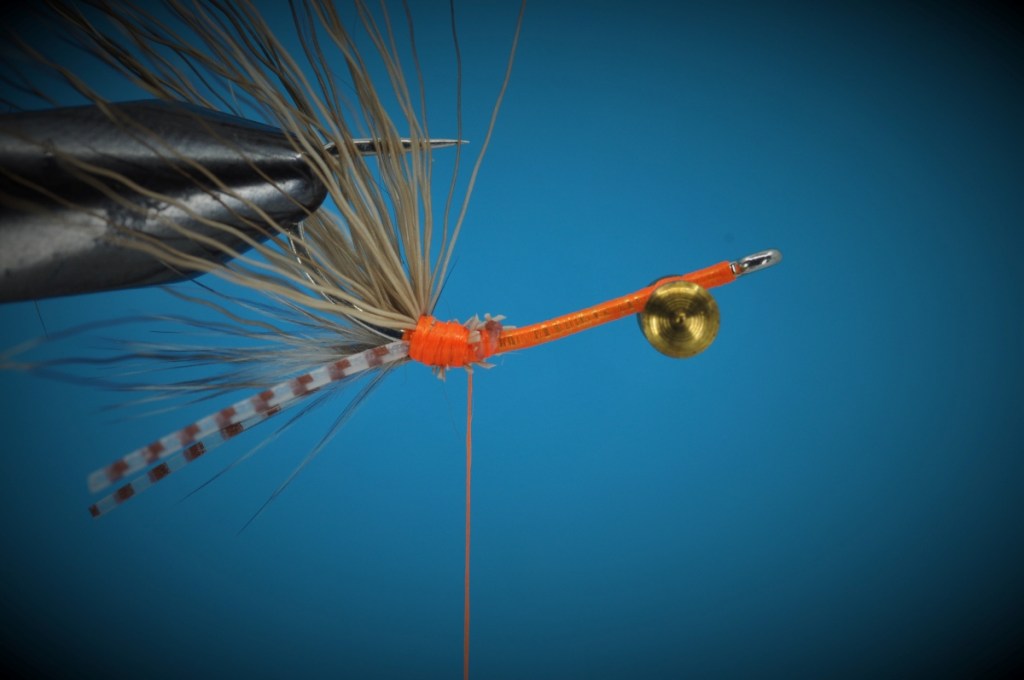
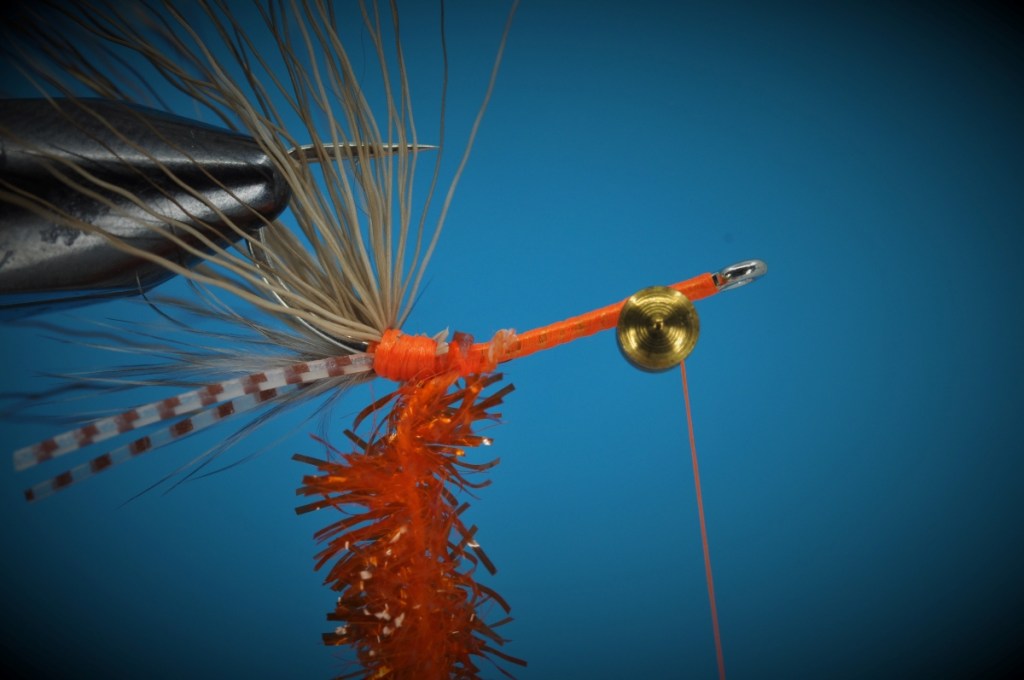
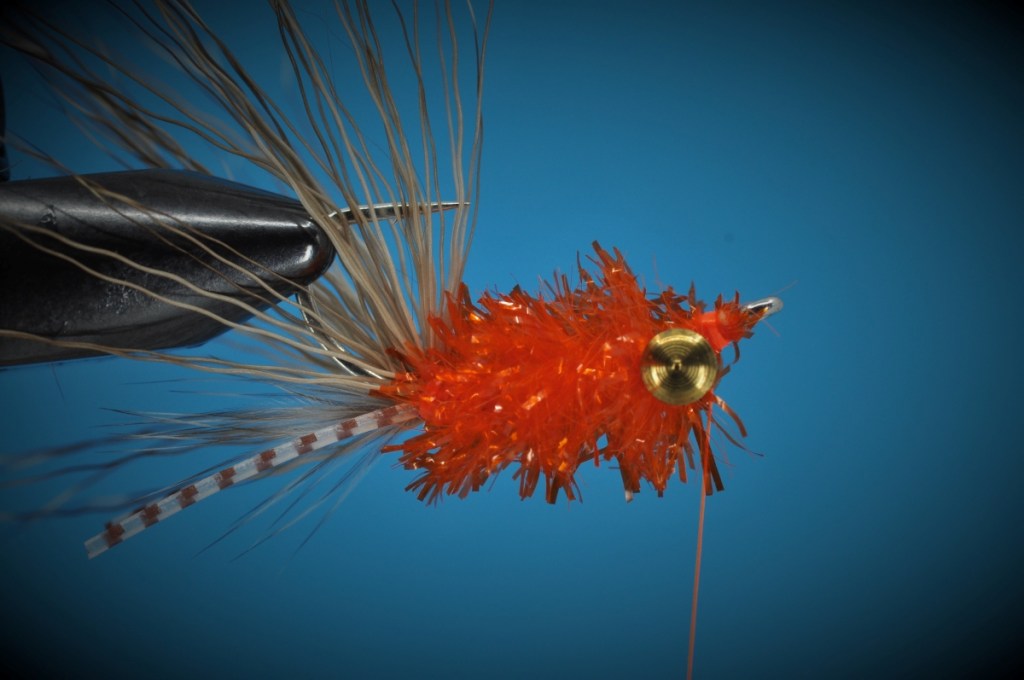
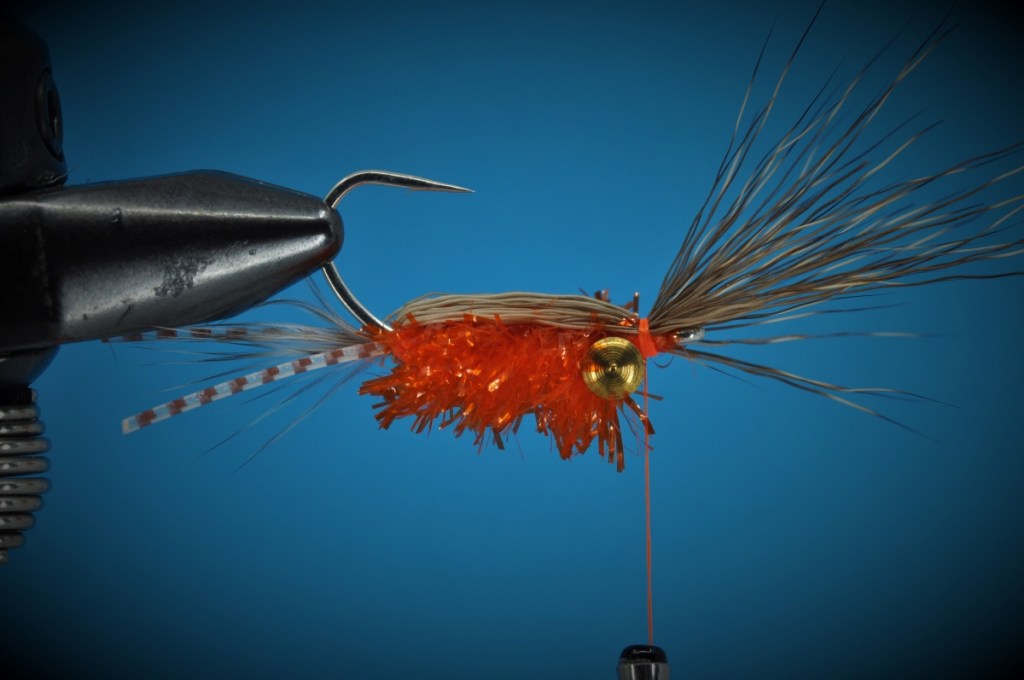
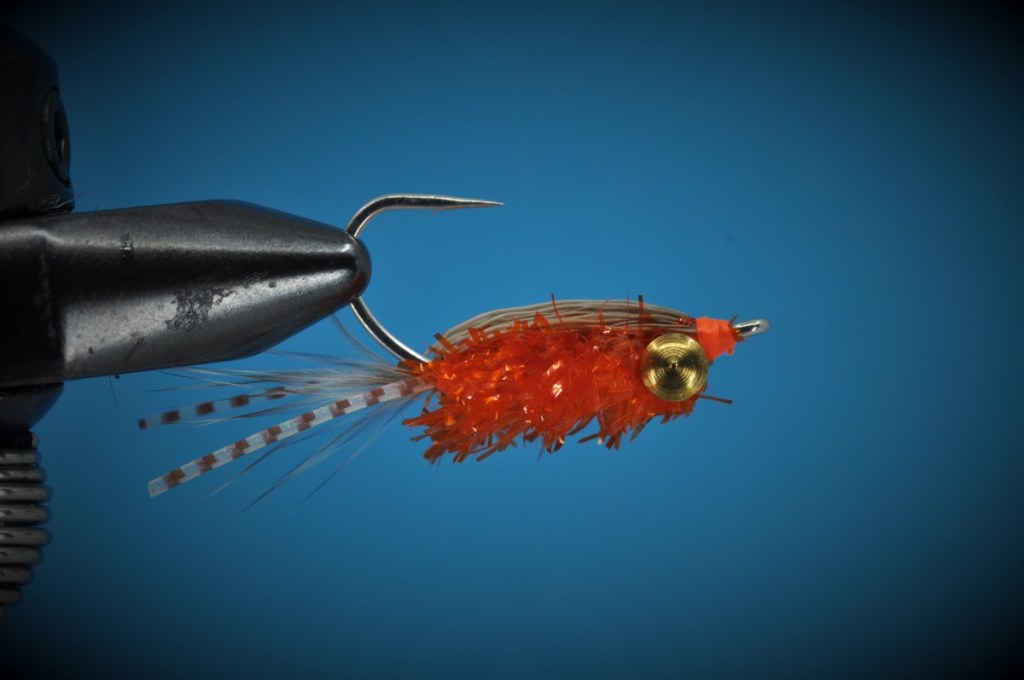
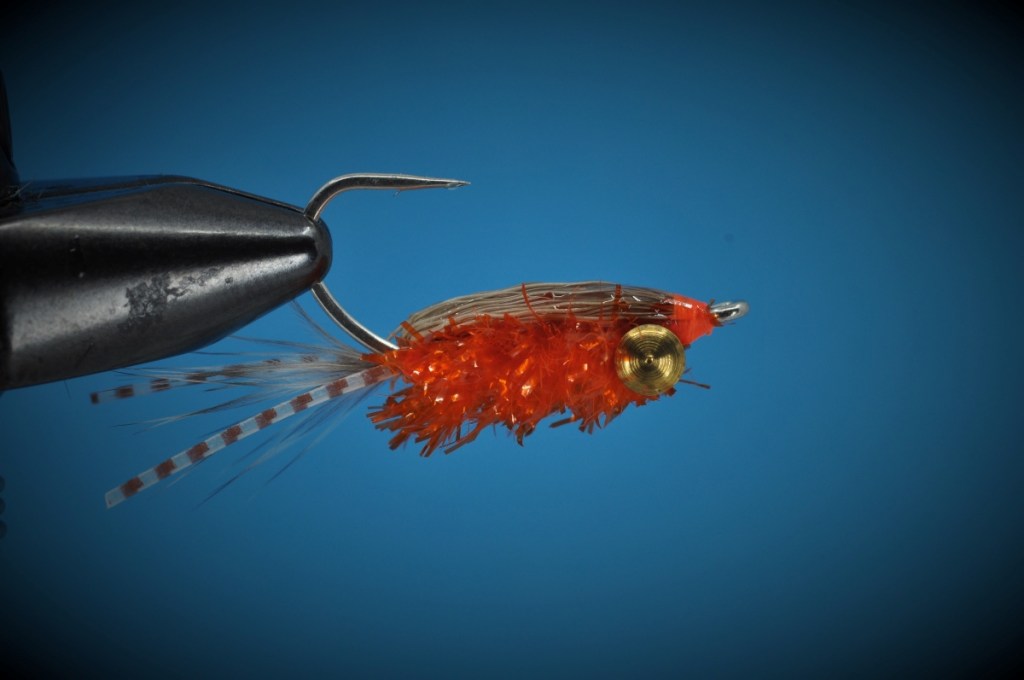

Tips and Tricks
- Color Selection – As referenced in the material selection, Orange, Pink & Tan are go to colors for this pattern. Of the three, tan is likely the closest match to the natural, but don’t overlook the other options. Orange in particular could pay dividends as the underside of gravid female mole crabs are bright orange with eggs.
- Weight – Though I’ve found little information regarding this pattern online, I have found versions tied with both Lead Eyes and Bead Chain. The former is obviously a necessity when fishing deeper troughs, but the latter also warrants a spot in your fly box. Sand Fleas knocked free from the swash zone will tumble through the surf as they are washed out to open water. The lighter bead chain eyes may prove better at mimicking this on calmer days.
- Fishing the Surf – A quick note on fishing the surf. While the water may be fairly shallow, fly fisherman can strongly benefit from two items when fishing the surf. First, invest in an intermediate fly line. This will get your line below the waves and save a lot of headaches. Second, buy a stripping basket. While you may be able to get away without investing in an intermediate line on calm days, failure to have some variety of stripping basket will ruin your day nearly every time. I experienced this first hand targeting striper in spring of 2021 and immediately ran out to purchase a stripping basket. It has been with me every trip to the surf since.
Proof of Concept
While I’ve yet to test this fly, a trip to the coast may be in my near future. Check back to see how things went…
Tight Line!
Chris

Species Caught on the Corbina Crack to Date:
Enjoy our Content?
Subscribe below to be notified anytime a new Step-by-Step is added.
Support our Content
Enjoy our content & want to help support our work? Consider clicking one of the Ads below the article if something catches your attention. Each click brings in a small bit of revenue to help offset the cost of maintaining & hosting this great site!
